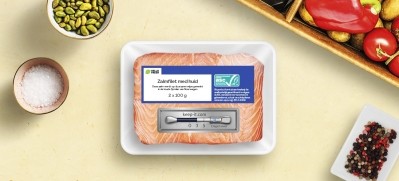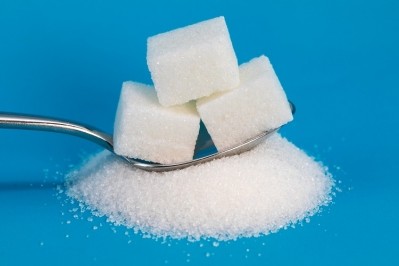IFT FIRST
Consumers will pay more for cleaner and natural ingredient labels

On the label—the shorter, the better. Products with a simple ingredient label or minimalistic ingredients versus specific health benefits are more appealing to consumers. Katrsiku notes that 78% would pay more for natural ingredients and 75% would pay more for products with health benefits.
Globally consumers are pursuing a healthier lifestyle, Katsriku explained, with 43% of consumers checking both the ingredient and nutrition label to determine their purchase. “This is definitely a significant increase from…2020 which was about 36% of consumers checking,” she emphasized.
Healthy attributes around gut and metabolic health are still trending
Given more awareness surrounding the gut-brain axis, the distinction between mental and physical health are no longer separate entities, underscoring the importance consumers are placing on food as medicine. Earlier this year, USDA published a study linking fresh vegetable consumption to improved moods, giving CPG brands more insight to developing multifunctional products with authentic better-for-you claims.
Based on Ingredion’s findings on consumer nutrition perceptions and behaviors, 22% of consumers reported selecting foods that are natural and contain functional attributes, while 27% would choose products that are known to positively boost nutrition, Katsriku added.
Food as medicine continues to encompass consumers’ nutritional and lifestyle preferences, particularly surrounding gut and metabolic health. While dietary fiber, pre-pro-and-postbiotics and proteins are more popular than ever, it’s critical for brands to look at how these specific ingredients fit into a formulation, Katsriku added.
Protein and fiber remain as all-star ingredients to strengthen gut and metabolic health. “There’s a lot of research evolving now that shows the link between a healthy gut microbiome [and] fiber…which helps to contribute to healthier functions in other organs in the body,” she explained.
Further, consumers continue seeking nutritional benefits, 25% are also looking to reduce less nutritious ingredients—salt, sugar and fat—and for products that include reduction claims, Katsriku added.
What does this mean for CPG companies?
While proteins and dietary fibers are driving consumers’ purchases, it’s critical for brands to consider how these ingredients impact other formulation considerations like taste, texture and sustainability. Companies should look at how all these attributes work together “as a whole and not in isolation,” she added.
Katsriku emphasizes that added protein and fiber should not impact the general eating experience—“Remember that formulations are not only based off of nutrition, there's a whole aspect around the texture and the eating experience. So, formulators today have a very difficult task to combine all of these evolving needs of the consumer…in general, consumers want to enjoy the foods that they are very much used to with added nutrition without compromising on the [experience].”
In terms of dietary fiber, Katsriku highlights the discrepancy between the FDA’s recommendation of 28 grams/day to the reported intake of 17-18 grams and how companies can incorporate it into formulations to fill in the gap.
As for gut health, she added that the “applications in which you can incorporate probiotics are limited,” and that pre-and-postbiotics can fill in those formulation gaps of improving gut health that prebiotics cannot.
Learn more about Ingredion’s nutrition and clean label insights at booth S1129 during the upcoming IFT Food Expo in Chicago, July 16-19.























